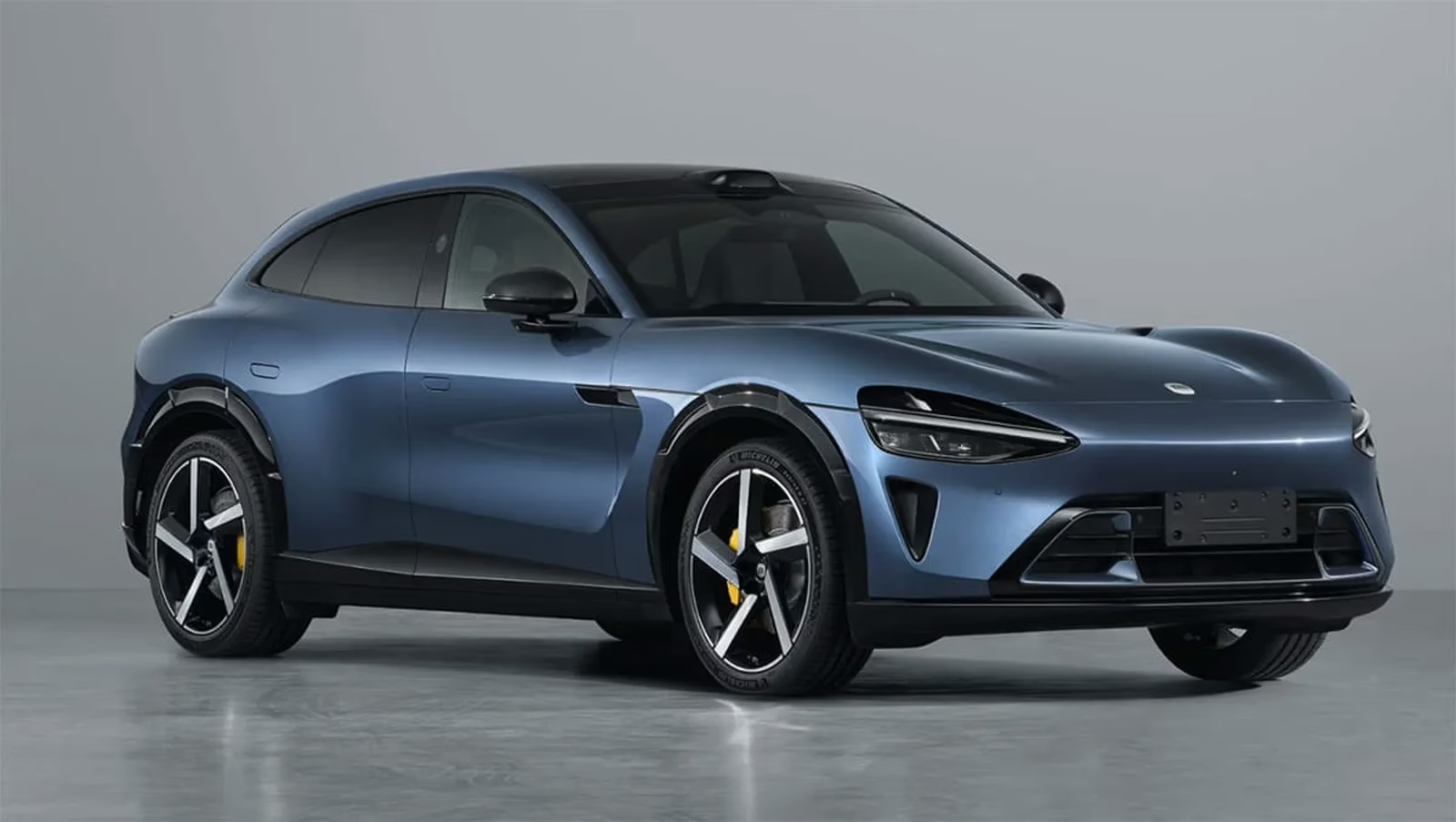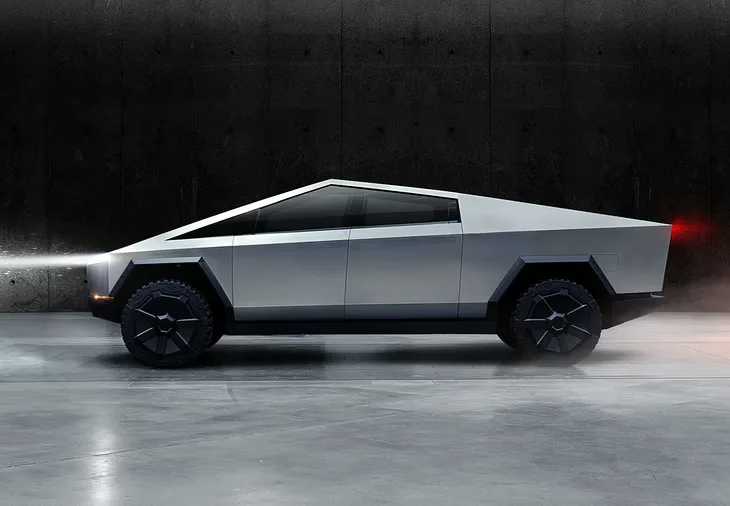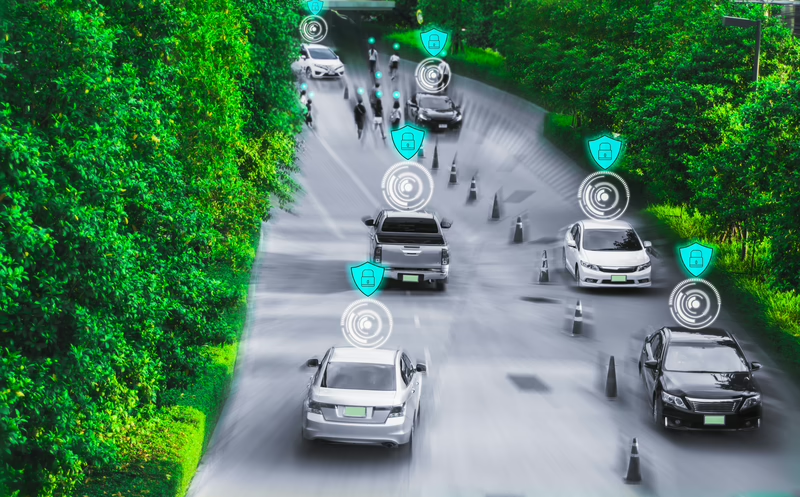Electric vehicles (EVs) are no longer a futuristic concept—they are becoming an increasingly mainstream alternative to traditional gasoline-powered cars. Governments, automakers, and consumers worldwide are driving the shift toward cleaner, more sustainable transportation. As we move into 2025, the question arises: are electric vehicles ready for mass adoption?
The Growth of Electric Vehicles
EV adoption has surged over the past decade, driven by technological advancements, government incentives, and growing environmental awareness. According to recent reports, global EV sales are expected to reach record numbers by 2025, with major markets such as China, Europe, and the United States leading the charge. Automakers like Tesla, BYD, and Volkswagen are expanding their EV lineups, offering models across various price points, from luxury sedans to affordable compact cars.
Battery Technology and Range Improvements
One of the most critical factors influencing EV adoption is battery performance. In recent years, lithium-ion batteries have shown significant improvements in terms of energy density, longevity, and cost. Many modern EVs now offer ranges exceeding 300–400 miles on a single charge, alleviating “range anxiety” for most daily commuters. Furthermore, innovations in solid-state batteries promise even higher efficiency, faster charging times, and enhanced safety, potentially revolutionizing the market in the next few years.
Charging Infrastructure Expansion
A robust charging network is essential for mass adoption. In 2025, both the public and private sectors are heavily investing in fast-charging stations, with networks expanding along highways, in urban centers, and in residential areas. Wireless charging and ultra-fast DC chargers are emerging as game-changers, enabling EV owners to recharge their vehicles in minutes instead of hours. However, infrastructure gaps in rural and underdeveloped regions remain a challenge that must be addressed for global mass adoption.
Cost Considerations
EV prices have gradually decreased as technology has matured and production has scaled. While electric vehicles were once considered expensive, many models now compete with internal combustion engine (ICE) cars in terms of affordability. Government incentives, tax breaks, and reduced maintenance costs make EVs an attractive option for budget-conscious consumers. Still, initial costs remain a barrier for some, especially in developing markets.
Environmental and Social Benefits
The shift to EVs offers substantial environmental benefits. Reduced greenhouse gas emissions, lower air pollution, and decreased dependence on fossil fuels contribute to a more sustainable future. Socially, EVs are quieter, improving urban living conditions by reducing noise pollution. The adoption of EVs also stimulates new job opportunities in battery manufacturing, charging infrastructure, and maintenance sectors, driving economic growth.
Challenges to Mass Adoption
Despite significant progress, several obstacles remain. Battery recycling and disposal must be addressed to minimize environmental impact. Supply chain issues, particularly the sourcing of lithium, cobalt, and nickel, can constrain production. Additionally, consumer awareness and trust in EV technology need continued reinforcement. Education campaigns and real-world performance demonstrations are crucial in alleviating concerns about reliability, safety, and resale value.
The Road Ahead
The next few years will likely witness the accelerating adoption of electric vehicles. Advances in battery technology, the expansion of charging infrastructure, and competitive pricing are creating favorable conditions for widespread adoption. Automakers are increasingly offering EV options across all vehicle segments, including SUVs, trucks, and commercial vehicles. Government policies, environmental regulations, and global climate targets further push the industry toward electrification.
In conclusion, electric vehicles are poised for mass adoption in 2025, with significant advancements in technology, affordability, and infrastructure. While challenges remain, the momentum is undeniable. For consumers, EVs offer a practical, sustainable, and increasingly convenient alternative to traditional cars. For the planet, they represent a critical step toward reducing carbon emissions and building a cleaner, greener future.



